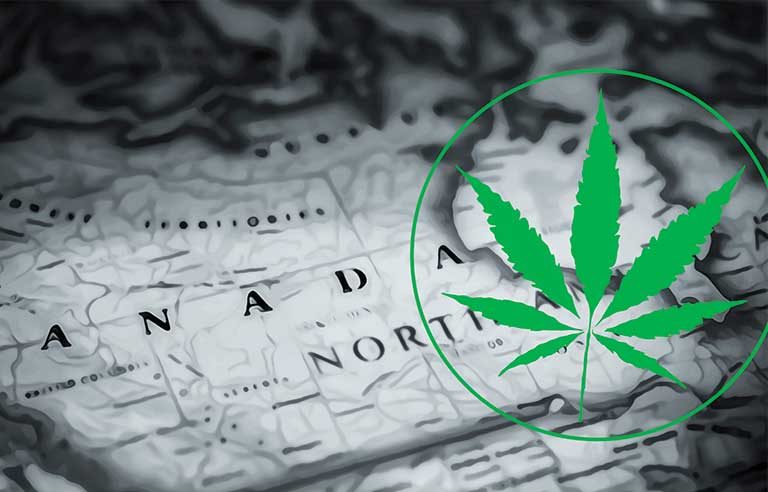With marijuana legal in Canada, managing workplace impairment is a shared responsibility, safety agency says

Richmond, British Columbia — In response to the Oct. 17 legalization of recreational marijuana in Canada, WorkSafeBC has launched an awareness campaign in an effort to educate employers and workers about impairment on the job.
The agency advises employers to develop policies that address impairment at work, and has published a guide that outlines managing workplace impairment and policy development.
“Impairment in the workplace isn’t a new issue in British Columbia,” Tom Brocklehurst, director of prevention practices and quality at WorkSafeBC, said in a press release, “but it’s become top of mind as cannabis becomes legal for recreational use. We’re reaching out to employers and workers to remind them that they share responsibility for managing impairment in the workplace.”
In the United States, 10 states and the District of Columbia have legalized the recreational use of cannabis. In November, Michigan became the latest state to legalize cannabis. The state’s ballot initiative for the November election included a specific passage about workplace conduct and employers’ current drug policies.
“This act does not prevent an employer from refusing to hire, discharging, disciplining, or otherwise taking an adverse employment action against a person … because of that person’s violation of a workplace drug policy or because that person was working while under the influence of marijuana,” the initiative states.
The passage also states that employers are not required to permit recreational marijuana consumption, although now legal, “in any workplace or on the employer’s property.”
The WorkSafeBC guide shares various ways workers can be impaired and what behaviors are affected. Additionally, the agency outlines how to develop a workplace impairment policy, including who should be involved in its development and elements to be included, such as rules, procedures and a purpose statement.
Links to sample policies and checklists, along with other resources from various Canadian occupational health and safety groups, are included.
Post a comment to this article
Safety+Health welcomes comments that promote respectful dialogue. Please stay on topic. Comments that contain personal attacks, profanity or abusive language – or those aggressively promoting products or services – will be removed. We reserve the right to determine which comments violate our comment policy. (Anonymous comments are welcome; merely skip the “name” field in the comment box. An email address is required but will not be included with your comment.)

